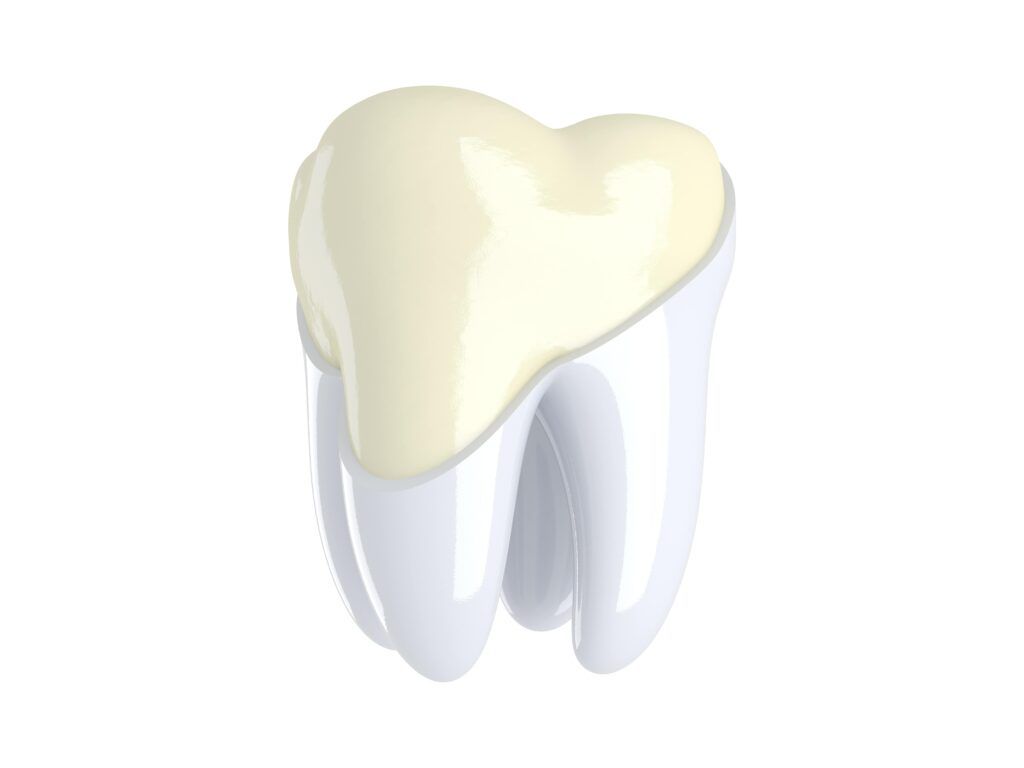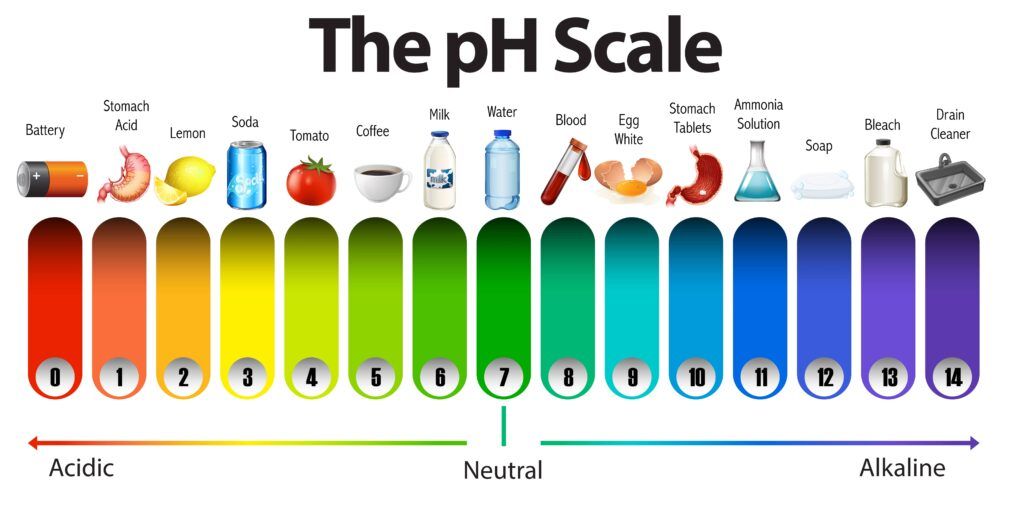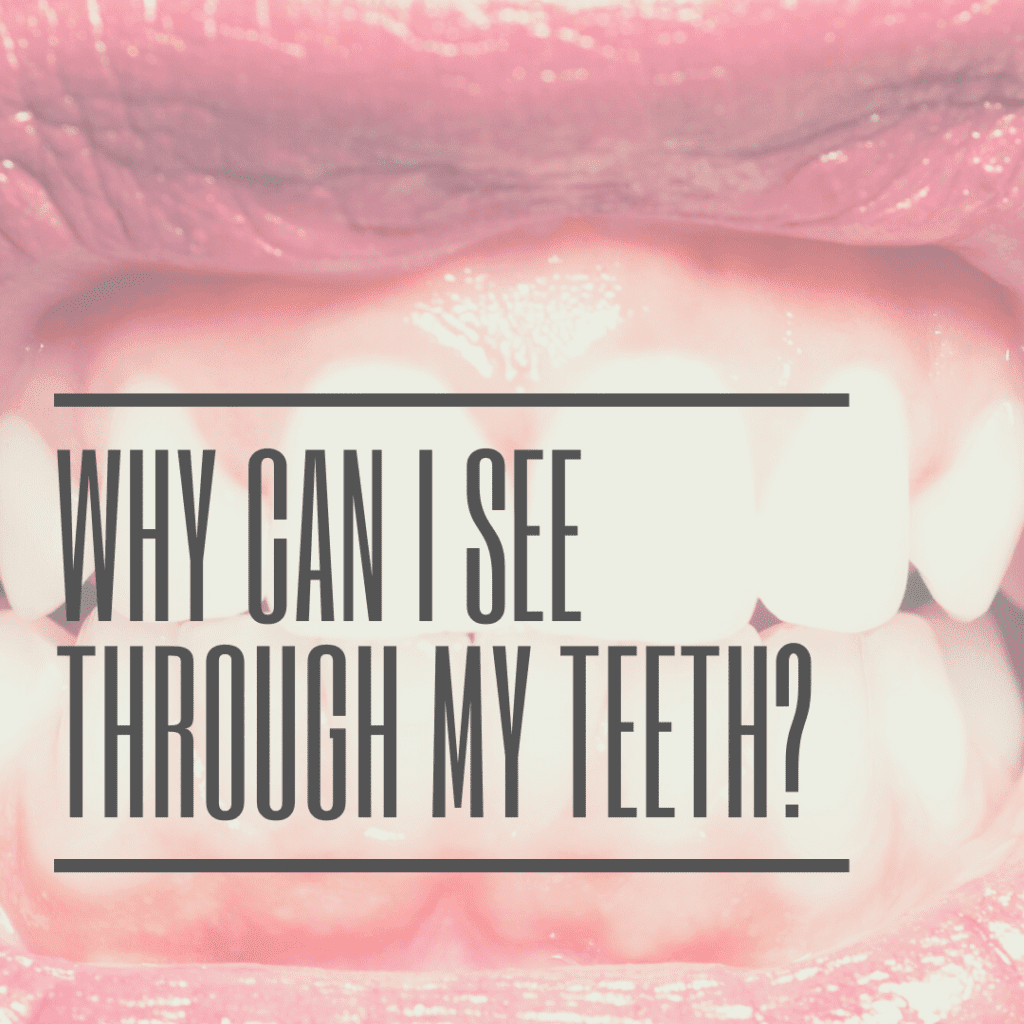When you smile in the mirror, you expect to see your teeth looking back at you. However, some people may notice that when they smile, the edges of their teeth look like they are disappearing. While it may seem like your teeth are slowly fading away, there is actually an explanation for what this is and why it happens. There are also ways to prevent and/or manage it.

When the edges of your teeth look like they are fading away, this is known as translucent teeth. Translucent teeth occur when the enamel on the surface of your teeth erodes and loses its color. As the enamel loses its color, it makes the edges of the teeth partially see-through. The reason why your entire tooth is not see-through is because you are seeing the underlying dentin layer. However, the dentin layer does not extend all the way to the end of your teeth, which is why the edges remain see-through.
Unfortunately once the enamel erodes, it cannot grow back. For this reason, it is important to try and prevent enamel erosion as much as possible. To prevent enamel erosion, here are some common causes to be aware of:
Acidic Foods and Beverages
One of the most common causes of enamel erosion are the things you eat and drink on a daily basis. Many types of foods and beverages contain varying amounts of acids, and some definitely are more acidic than others. For example, citrus fruits and sodas contain high levels of acid. Regularly consuming acidic foods and beverages can actually cause your saliva’s pH level to decrease. This is problematic because tooth enamel starts to demineralize (breakdown) at around 5.5 pH. Considering that neutral pH is 7, it does not take much to start the erosion process.
Because acidic foods and beverages have the potential to be extremely damaging to your enamel, one of the best ways to combat enamel erosion is by limiting the amount you consume. Another good way to combat enamel erosion is to drink water after eating or drinking something acidic. This is because the water helps to neutralize the acids and minimizes the damage done to your enamel.

Medical Conditions
Another common cause of enamel erosion are certain types of medical conditions that regularly expose the teeth to acids. These medical conditions generally include acid reflux, heartburn, bulimina, morning sickness, or any other condition that causes frequent vomiting. Unfortunately, stomach acid is very low on the pH scale, meaning that it is highly acidic. This means that it is damaging to the enamel, especially when the enamel is regularly exposed to stomach acid. Another medical condition that can increase the risk of enamel erosion is Celiac’s disease since it affects the development of enamel. Seeking medical treatment for these conditions is the best way to alleviate symptoms and decrease the amount of damage done to your enamel.
Enamel Hypoplasia
While enamel hypoplasia is not as common as acidic foods and beverages or certain other medical conditions, it can also be a contributing factor to developing translucent teeth. This is because enamel hypoplasia is characterized by problems with enamel development in the primary and secondary teeth. In fact, people diagnosed with enamel hypoplasia generally have white spots, pits, and grooves on the surface of their teeth. In rare instances, some people with enamel hypoplasia never had the enamel form at all.

Dr. Sarmad Channo, a Rochester, MI dentist, received his doctorate degree from New York University Dental School. Since then, he has continued studying to broaden his expertise and has also graduated from Progressive Orthodontic Seminars with the highest of honors. Dr. Channo has also served as an instructor for both the McGann Postgraduate School of Dentistry and Progressive Orthodontic Seminars.

